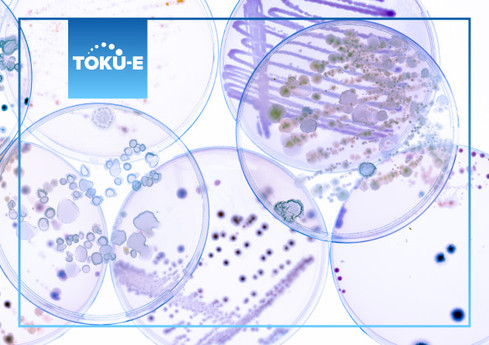If the year 2020 has taught us anything, it is that pathogens can affect every aspect of our lives. This series is devoted to antimicrobial susceptibility testing (AST). This four-part series will cover the following topics:
- Antimicrobial susceptibility testing (AST)- What is it and why is it important?
- Traditional AST methods- Manual and automated systems
- Traditional vs ‘Rapid’ AST- New and emerging methods
- Optimized antimicrobials for AST- Get more from your AST platforms
Antimicrobial susceptibility testing (AST) is the in vitro measure of a pathogen’s response to an antimicrobial agent to predict therapeutic efficacy. It is a fundamental mission of the clinical microbiology lab, and scientists use this data to determine which antimicrobial regimen is effective. On a larger scale, it helps to control and prevent infectious diseases, contributes to antibacterial stewardship, helps to reduce antimicrobial resistance (AMR), and ultimately close the testing gap.
The global AST market is projected to be worth $3.7B USD by 2027. Manual AST products have the largest share of the market. Diagnostic labs and hospitals are the largest end-users, which also include pharma/biotech companies, CROs, research institutes, and universities.
The Clinical Laboratory Standards Institute (CLSI) is a nonprofit organization whose core business is to develop globally applicable voluntary consensus standards and guidelines for the clinical lab. Together with the European Committee on Antimicrobial Susceptibility Testing (EUCAST), these organizations set guidelines for the breakpoints used in AST testing worldwide. The Minimum Inhibitory Concentration (MIC) is the lowest concentration of a chemical which prevents visible growth of a microorganism. It does not necessarily reflect efficacy; it is simply a laboratory value reflecting a relationship between chemical concentration and organism killing. Determining whether a given compound can be used for a particular microbe requires knowledge of the compound’s pharmacokinetic (PK) and pharmacodynamic (PD) parameters. PK is the interaction between the compound and the host, like its absorption, how it is distributed in the host, and how it’s eliminated. PD describes the effect of the compound on the organism. The combination of these PK/PD parameters, along with the MIC and several other factors such as clinical outcomes and MICs for isolates with ‘known’ resistance mechanisms led to the creation of clinical breakpoints. The M100-ED29:2019 Performance Standards for Antimicrobial Susceptibility Testing are found here (CLSI), and clinical breakpoints and dosing of antibiotics are found here (EUCAST).
The interpretation of antimicrobial resistance differs for all pathogen/compound combinations, which is why guidelines are needed. Minimum Inhibitory Concentration (MIC) breakpoints, measured in (µg/mL) are used to categorize the bacterial isolates as Susceptible, Intermediate, or Resistant. According to CLSI, the classification of Susceptible (S) – isolates with MIC at or below (or a zone diameter at or above) the susceptible breakpoint are inhibited by the usually achievable concentrations of antimicrobial agent when the recommended dosage is used. Intermediate (I)- isolates MICs (or zone diameters) within the intermediate range. It implies clinical efficacy in anatomical sites where the agent is physiologically concentrated. It also includes a buffer zone for inherent variability in test methods. Resistant (R)- isolates MIC at or above (or a zone diameter at or below) the resistant breakpoint are not inhibited the usually achievable concentration of the agent with normal dosage schedule.
In the next article of the series, we will talk about how traditional AST is done, and highlight commercial platforms used in this technology.
References
Antimicrobial Susceptibility Testing- Global Market Trajectory & Analytics. Research and Markets.com. Link
Bayot ML and Bragg BN (2020) Antimicrobial Susceptibility Testing. In: StatPearls Treasure Island (FL): StatPearls Publishing. Link

